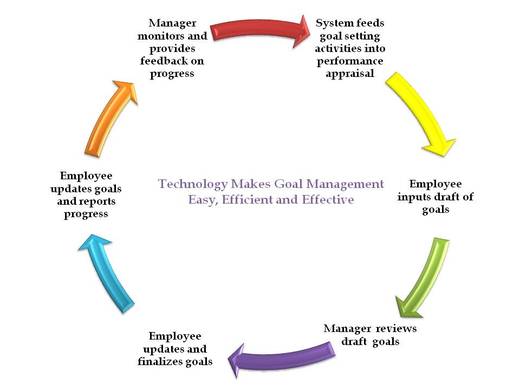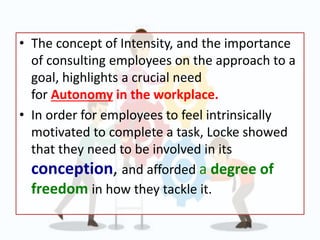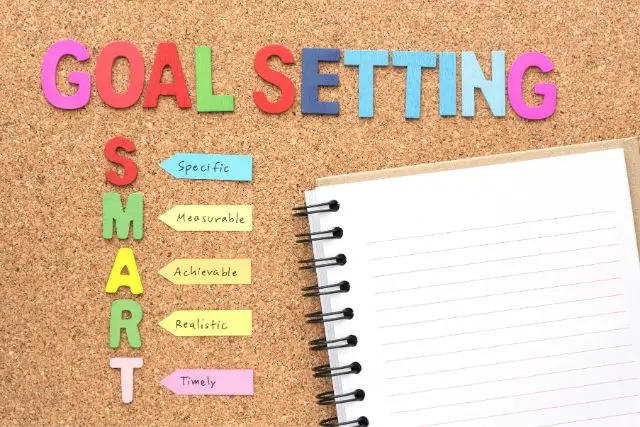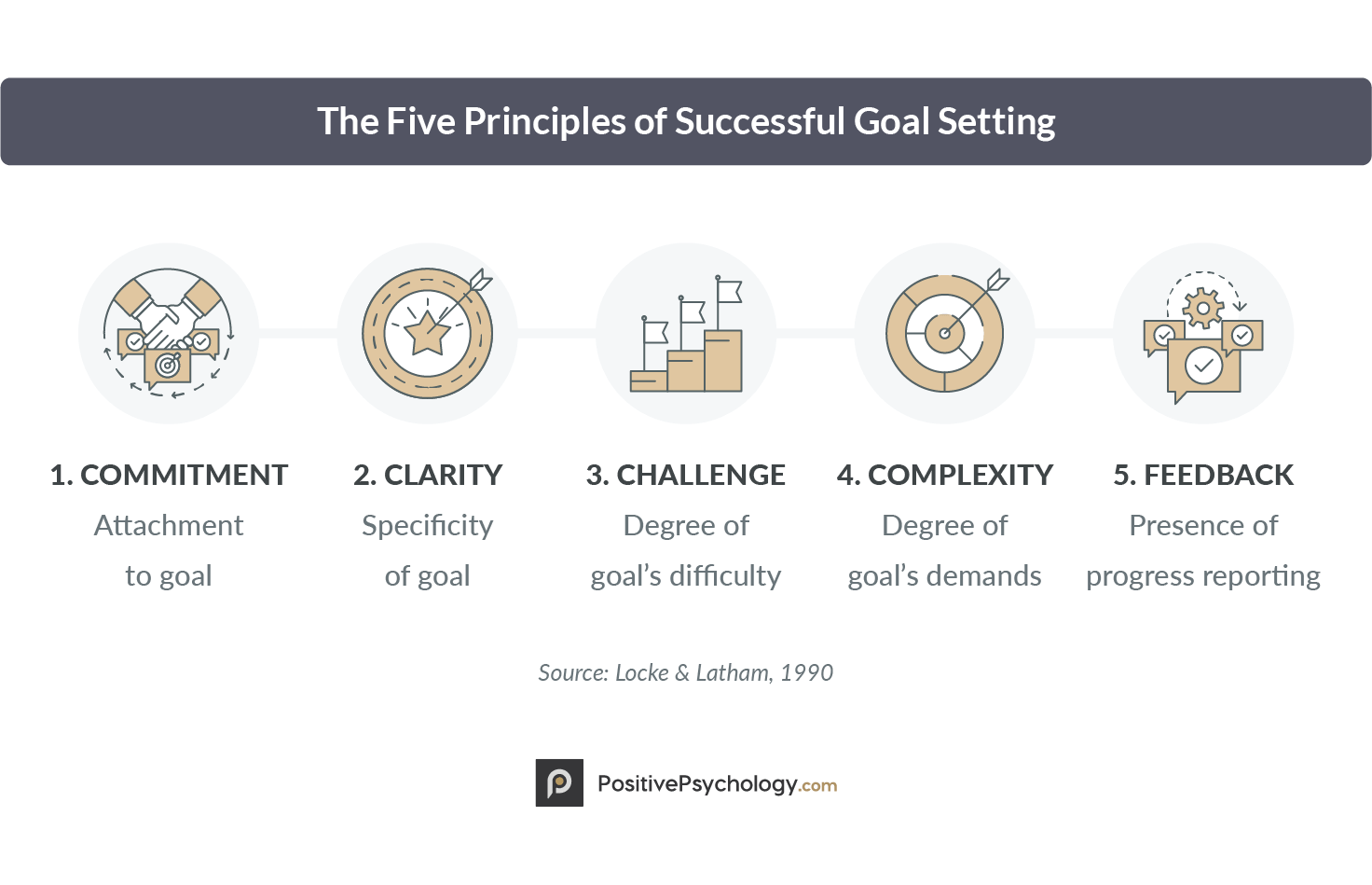Goal setting theory is a psychological theory that suggests that specific and challenging goals lead to higher performance. This theory has been widely studied and has been found to be effective in a variety of settings, including the workplace.
One key component of goal setting theory is the idea of specificity. Specific goals are those that are clear and specific, as opposed to general or vague goals. For example, a specific goal might be "increase sales by 10% in the next quarter," while a general goal might be "improve sales." Research has shown that specific goals are more effective at increasing performance because they provide a clear target for employees to work towards.
Another important aspect of goal setting theory is the concept of challenge. Challenge refers to the degree to which a goal is difficult, but still achievable. Goals that are too easy may not provide enough motivation for employees, while goals that are too difficult may be demoralizing and lead to decreased performance. Setting challenging but attainable goals can help to create a sense of motivation and engagement for employees.
In addition to specificity and challenge, goal setting theory also emphasizes the importance of feedback and reinforcement. Providing employees with regular feedback on their progress towards their goals can help to keep them motivated and on track. Additionally, reinforcing desired behaviors and achievements can help to increase the likelihood that employees will continue to work towards their goals.
There are a number of ways that goal setting theory can be applied in the workplace. One common way is through the use of performance appraisal systems, which involve setting specific, measurable, achievable, relevant, and time-bound (SMART) goals for employees. These goals can be used to help employees focus their efforts and track their progress.
Another way that goal setting theory can be applied in the workplace is through the use of team goals. Team goals can be effective at increasing teamwork and collaboration, as well as helping to align the efforts of individual team members towards a common objective.
Overall, goal setting theory is a valuable tool for increasing performance and motivation in the workplace. By setting specific and challenging goals, providing regular feedback, and reinforcing desired behaviors and achievements, managers can help employees to focus their efforts and work towards achieving their goals.







